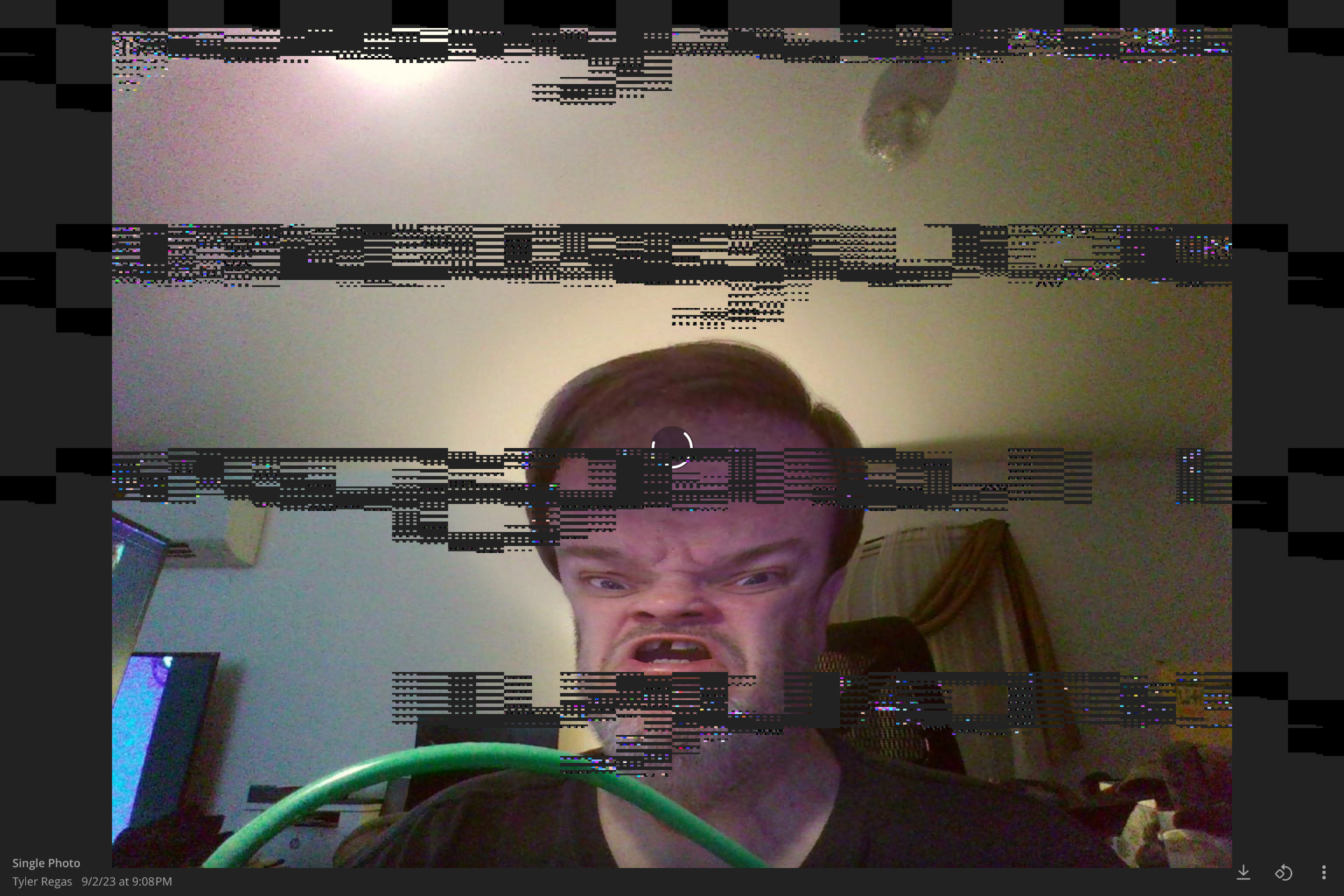

On the matter of Ubuntu I think the issues with the OS need to be clarified. From the positive perspective, it is easy to use and just works. From the negative side, it’s become more and more bespoke over time. The Snaps being proprietary and a lot of work in the terminal to activate functions enjoyed out-of-the-box by almost all other distros is very unfriendly. And, I would suggest there are numerous other distros that “just work” but without Ubuntu’s baggage. Mint, Pop_OS!, and Fedora are all easy to install, setup, and use. Even KDE’s Neon is dirt simple to install and use and offers a great KDE experience, if you like that.
That said, however, I believe that Mint is the best distro for new users, though Fedora and Pop are close behind.

I checked the github page you link and can find no differences listed, just three bullet points that appear to have be written by a PR team. You say an Ubuntu Desktop experience melded with Fedora Silverblue. Don’t you mean GNOME? Ubuntu isn’t a desktop environment, it’s a Linux distro. GNOME is the desktop environment. That seems like an embarassing blunder in your copy when you claim to be building a distro for “serious” developers.
If it weren’t open source, I’d think this was a scam. Weird choice.